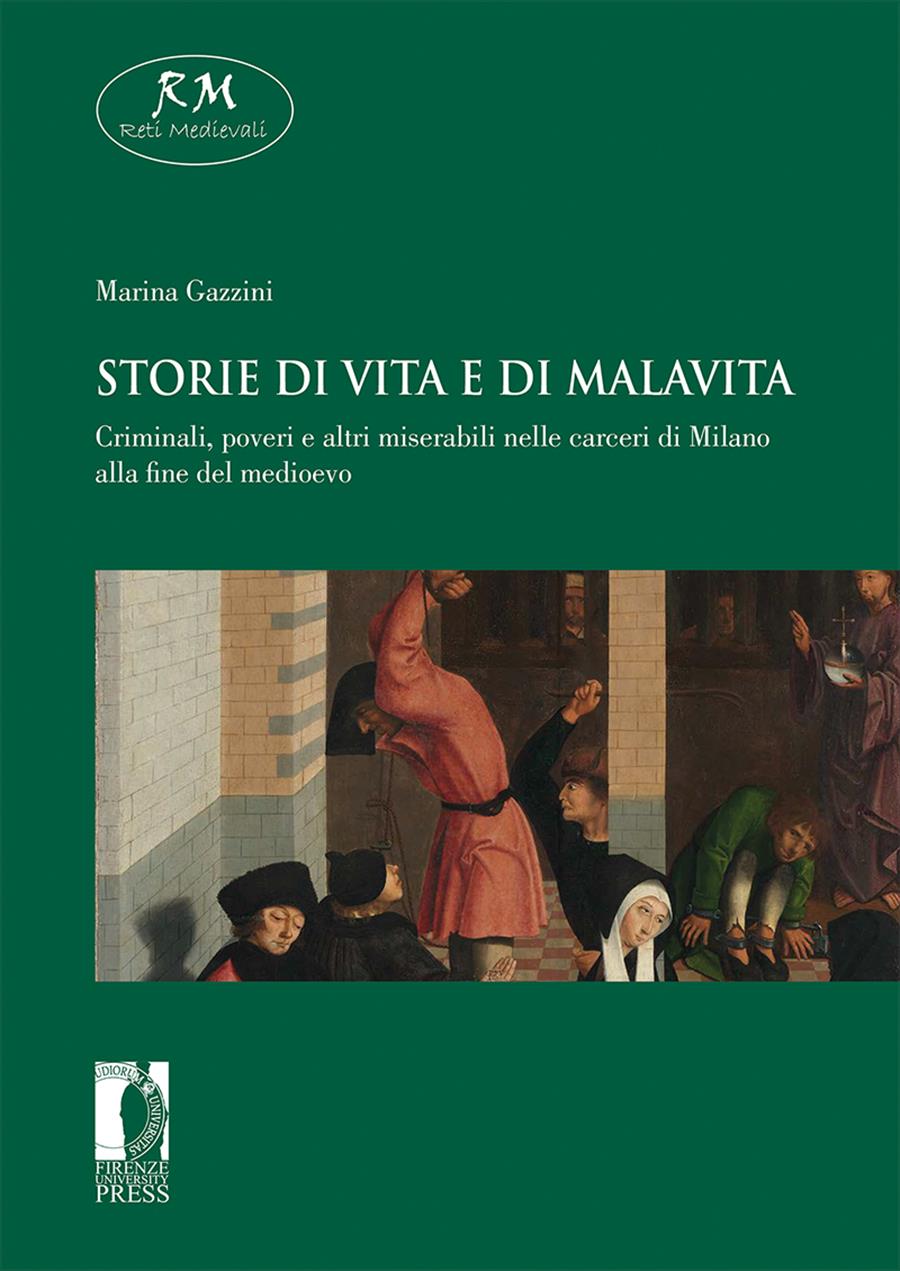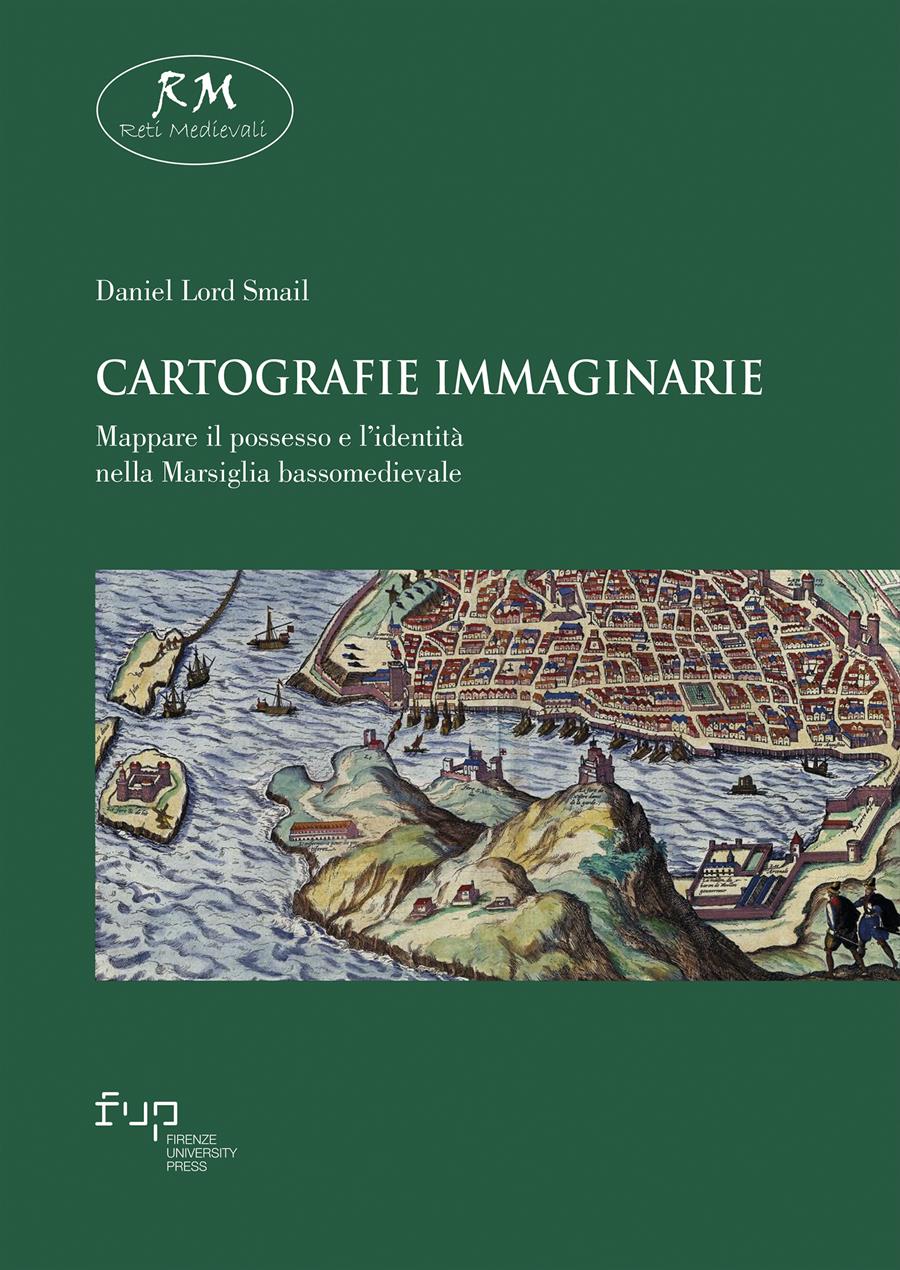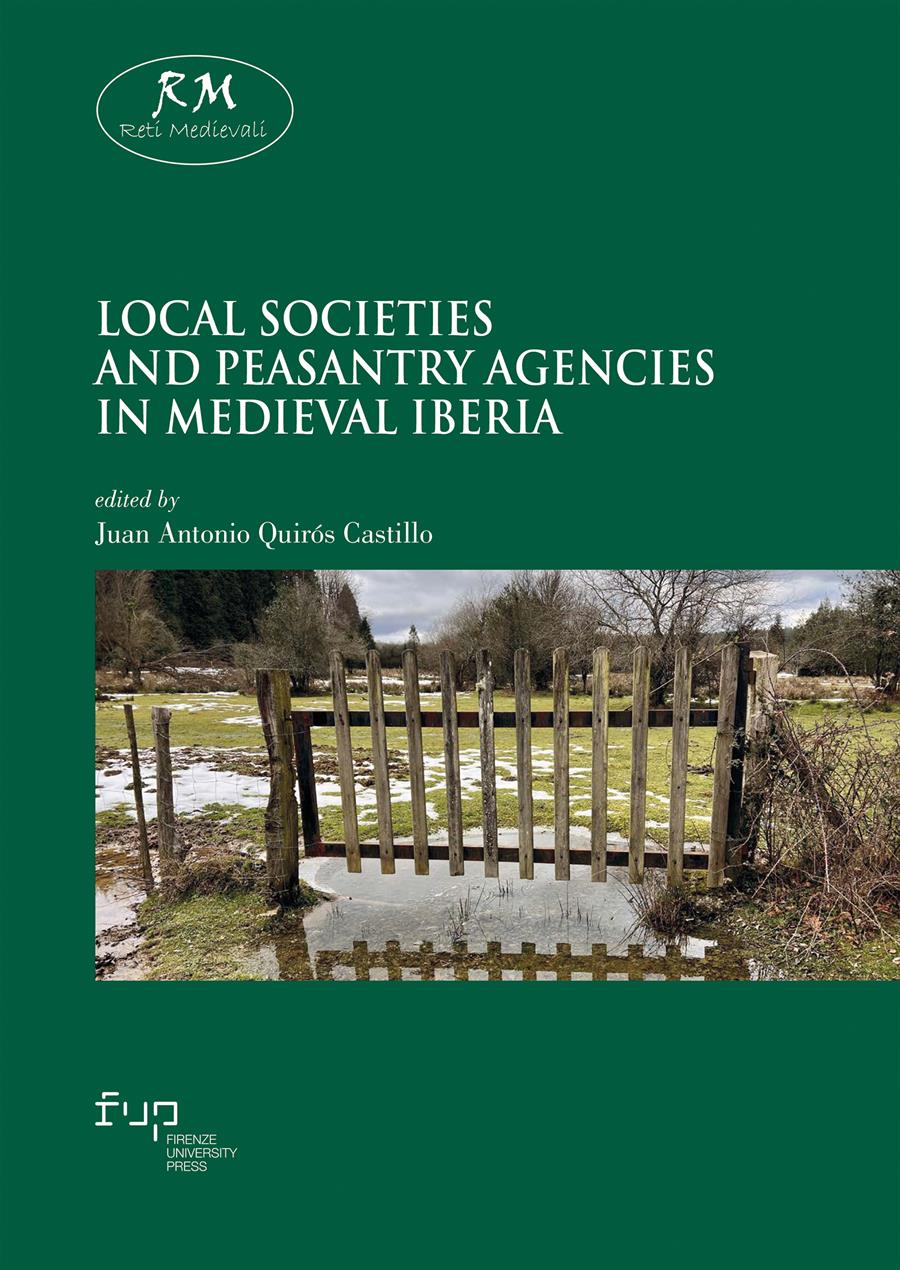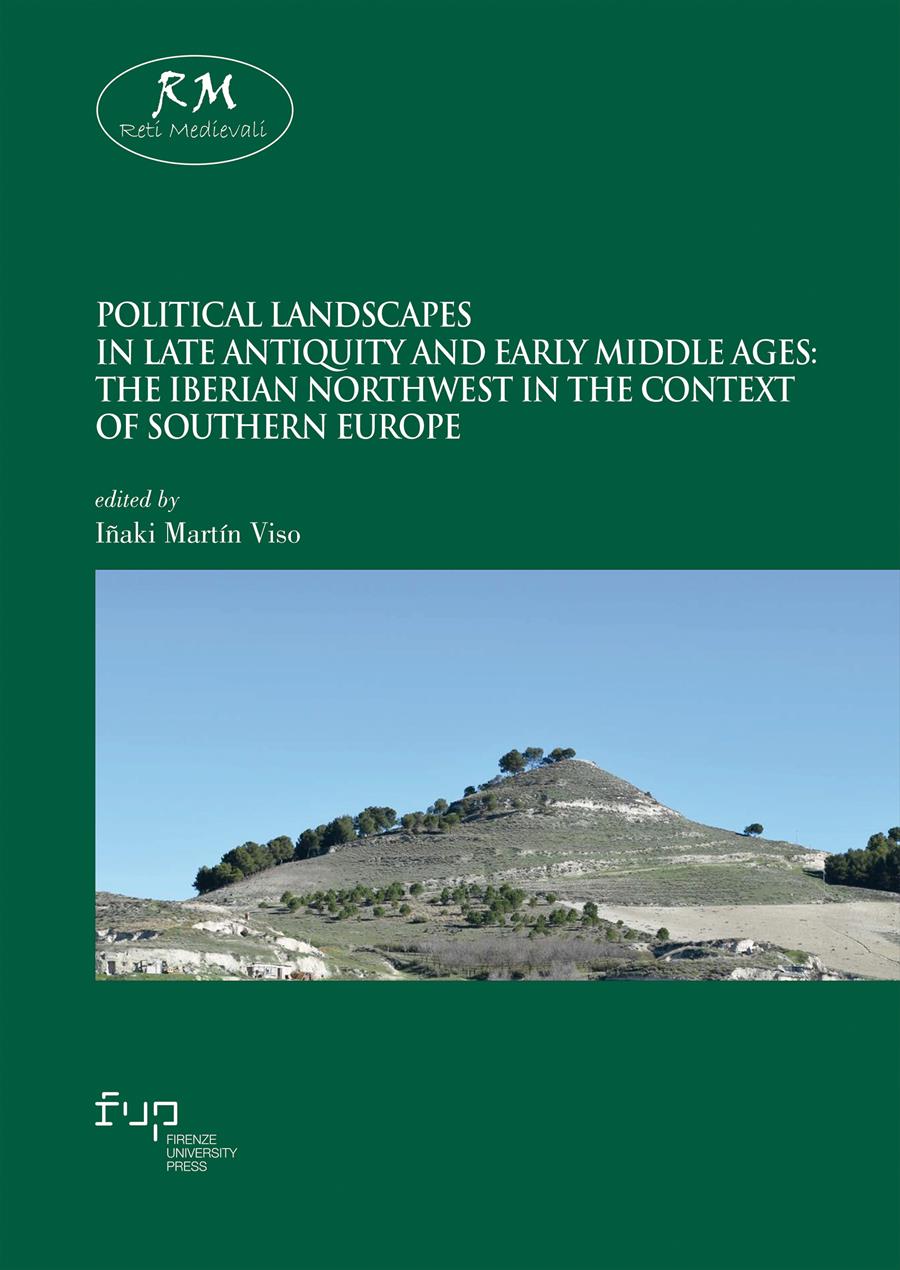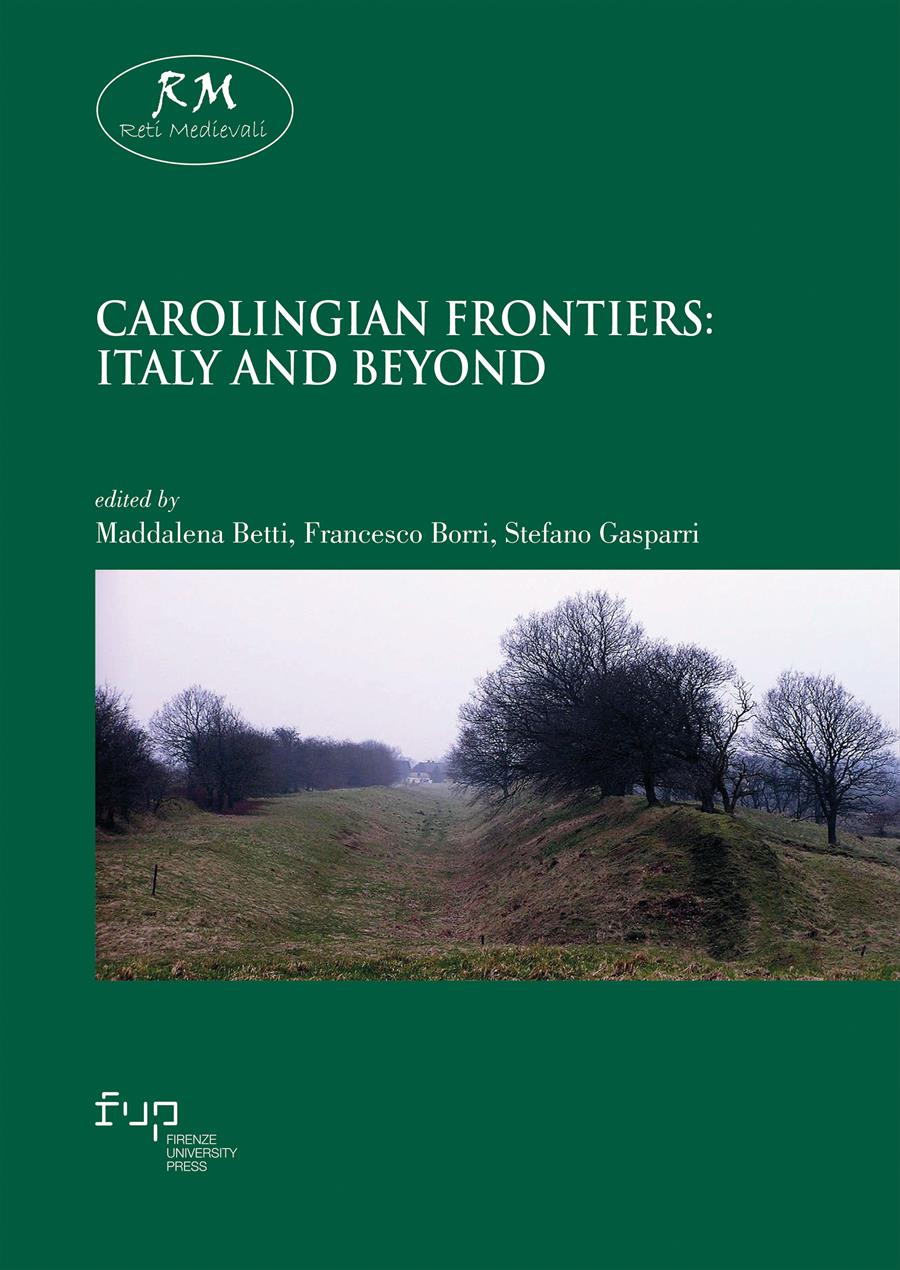Storie di vita e di malavita. Criminali, poveri e altri miserabili nelle carceri di Milano alla fine del medioevo
- Marina Gazzini,
Il volume affronta un tema non comune nella medievistica: la prigione e i suoi abitanti. Nel carcere medievale i prigionieri – incarcerati prima della sentenza, oppure rimasti “dentro” perché indebitati, socialmente pericolosi, riconosciuti colpevoli di un delitto – non erano abbandonati a loro stessi; delle loro esigenze si facevano carico le famiglie, la Chiesa, i laici devoti, gli stessi pubblici poteri. Nel caso di Milano il sistema carcerario e il rapporto tra carcerati, giustizia e misericordia assume sfumature peculiari. Le prigioni (anche private) sono numerose e disperse nella città: la più grande è un carcere-ospedale, che rinchiude certo, ma lascia intendere che è utile (per motivi economici) aiutare la sopravvivenza del reo e il suo ritorno in società. I milanesi del Quattrocento sono poi consci dei rischi di abbandonare i detenuti (uomini e donne) a una giustizia che, per i suoi costi, tutela solo i più forti. Ecco dunque i Protettori dei carcerati: utili non solo ai deboli rinchiusi in carcere, ma anche al dominus, che li sostiene. Interessato a porre rimedio agli eccessi del sistema, il duca è infatti anche (e forse soprattutto) desideroso di mostrarsi misericordioso, e in quanto tale superiore alla legge. Indagare la condizione dei carcerati si rivela dunque un modo per cogliere non solo le dinamiche di esclusione e di inclusione sociale pertinenti al controllo della devianza, ma anche i meccanismi di relazione tra governanti e governati nel tardo medioevo.
- DOI: 10.36253/978-88-6453-615-6
- Collana: Reti Medievali E-Book
- Comitato scientifico
- Lingua: Italiano
- Argomento: Storia medievale
University of Parma, Italy - ORCID: 0000-0001-7100-1244
- Anno di pubblicazione: 2017
- Pagine: 224
- eISBN: 978-88-6453-615-6
- Licenza d'uso: CC BY 4.0
- © 2017 Author(s)
- Anno di pubblicazione: 2017
- Pagine: 224
- ISBN: 978-88-6453-614-9
- Licenza d'uso: CC BY 4.0
- © 2017 Author(s)
Informazioni bibliografiche
Titolo del libro
Storie di vita e di malavita. Criminali, poveri e altri miserabili nelle carceri di Milano alla fine del medioevo
Autori
Marina Gazzini
Opera sottoposta a peer review
Numero di pagine
224
Anno di pubblicazione
2017
Copyright
© 2017 Author(s)
Licenza d'uso
Licenza dei metadati
Editore
Firenze University Press
DOI
10.36253/978-88-6453-615-6
ISBN Print
978-88-6453-614-9
eISBN (pdf)
978-88-6453-615-6
eISBN (xml)
978-88-9273-139-4
Collana
Reti Medievali E-Book
ISSN della collana
2704-6362
e-ISSN della collana
2704-6079
